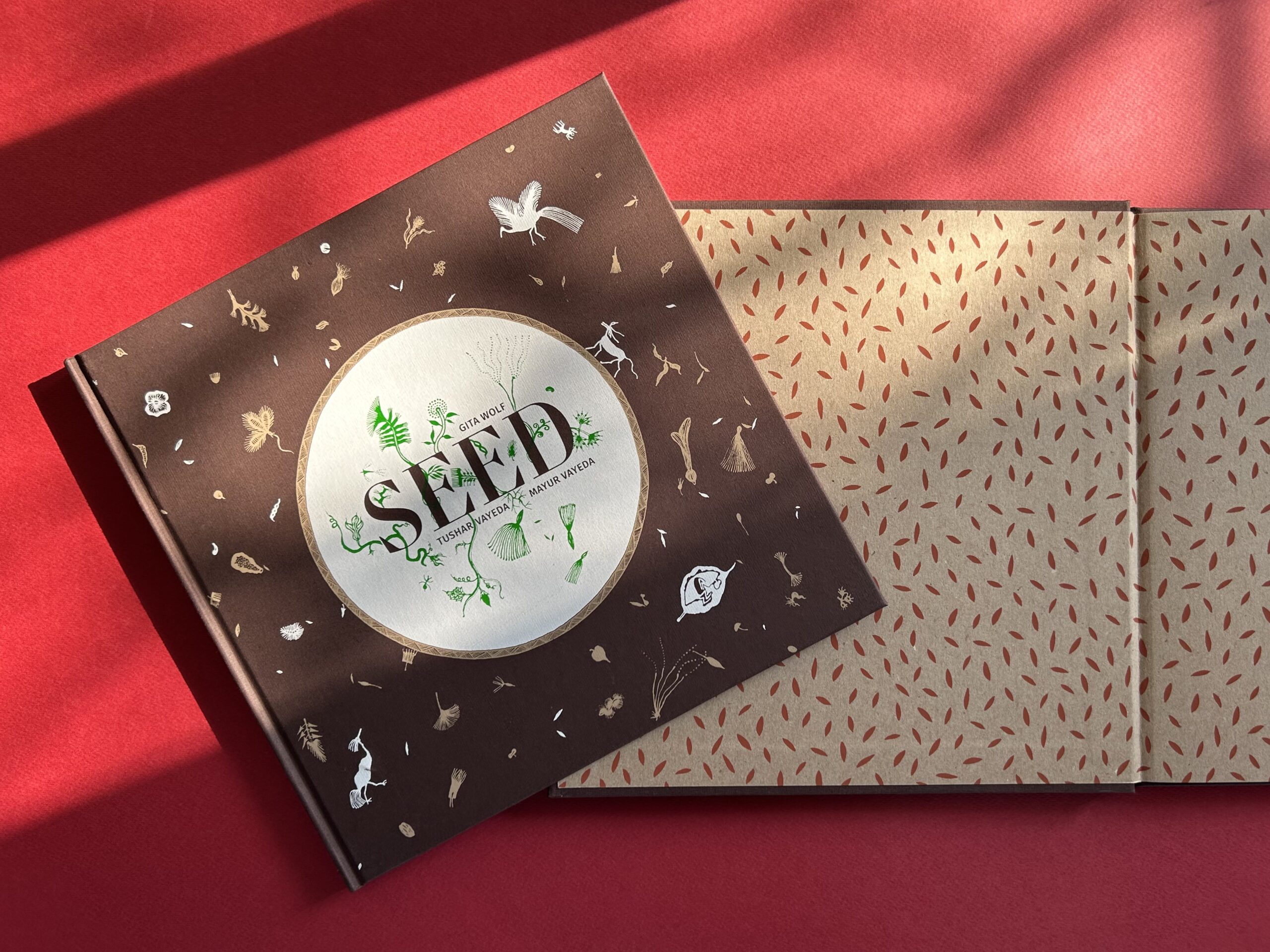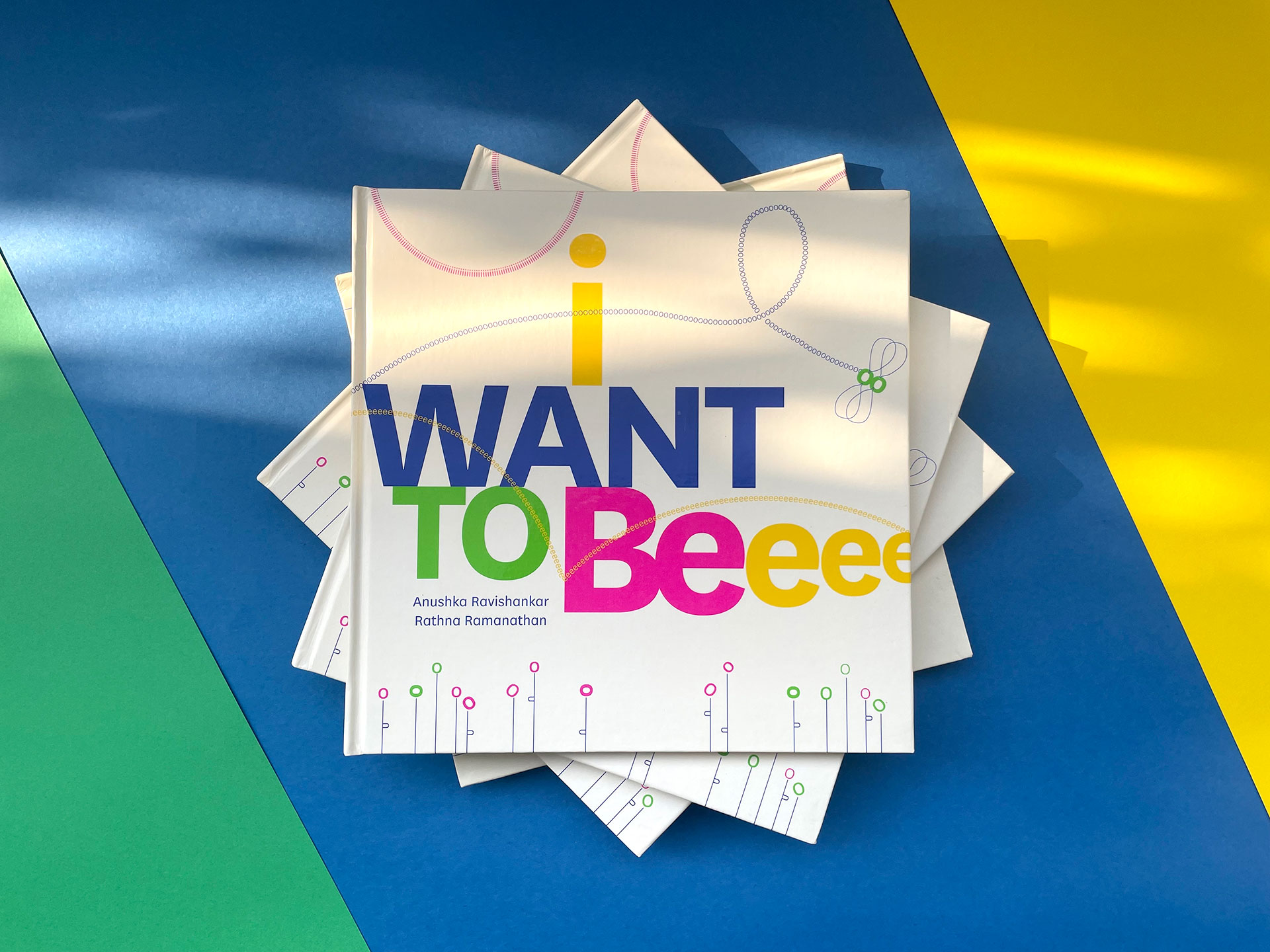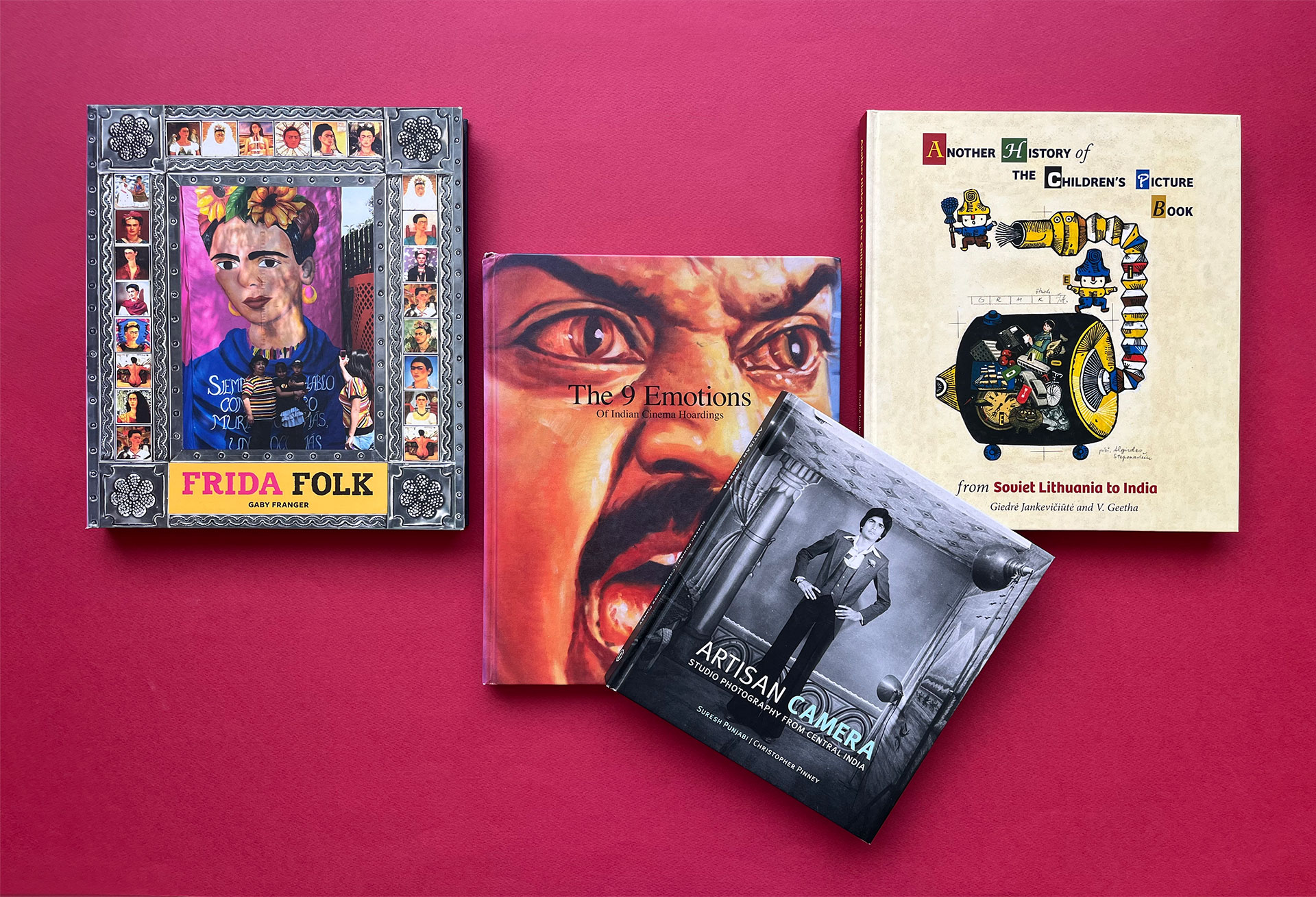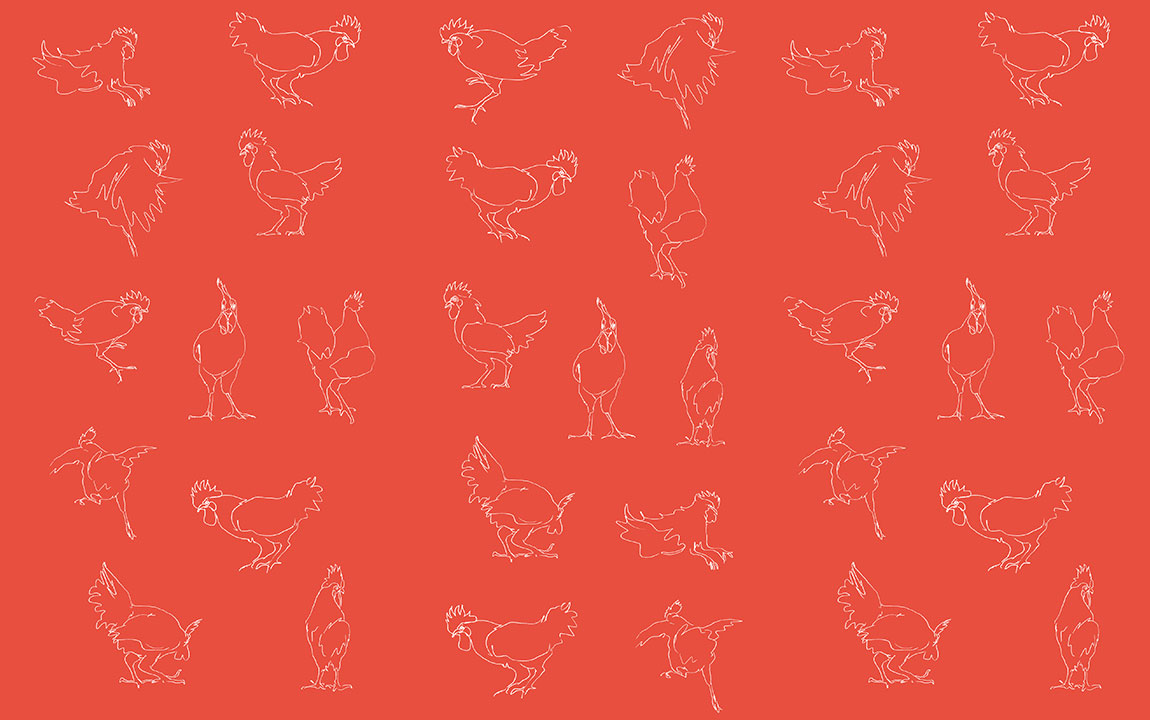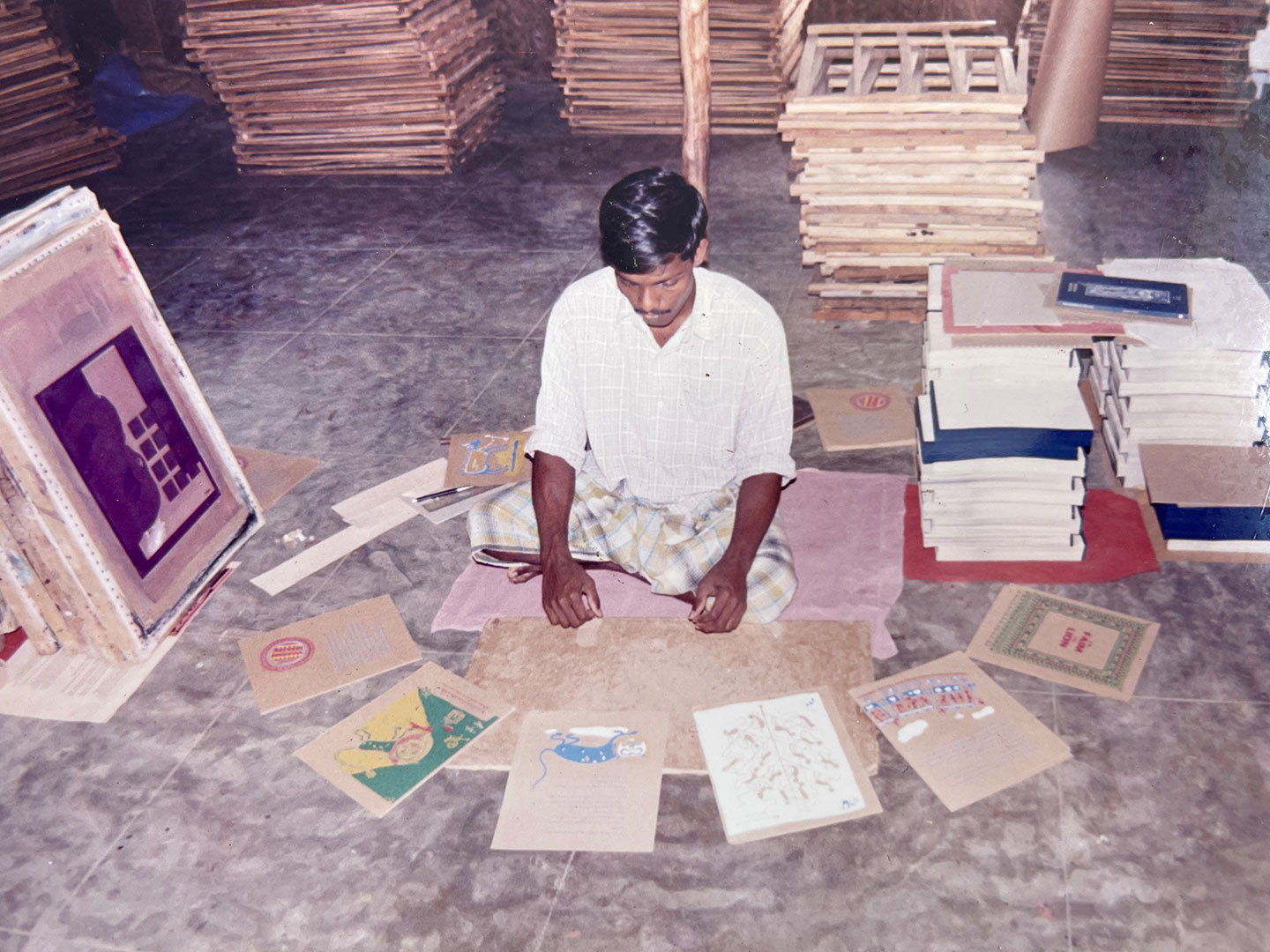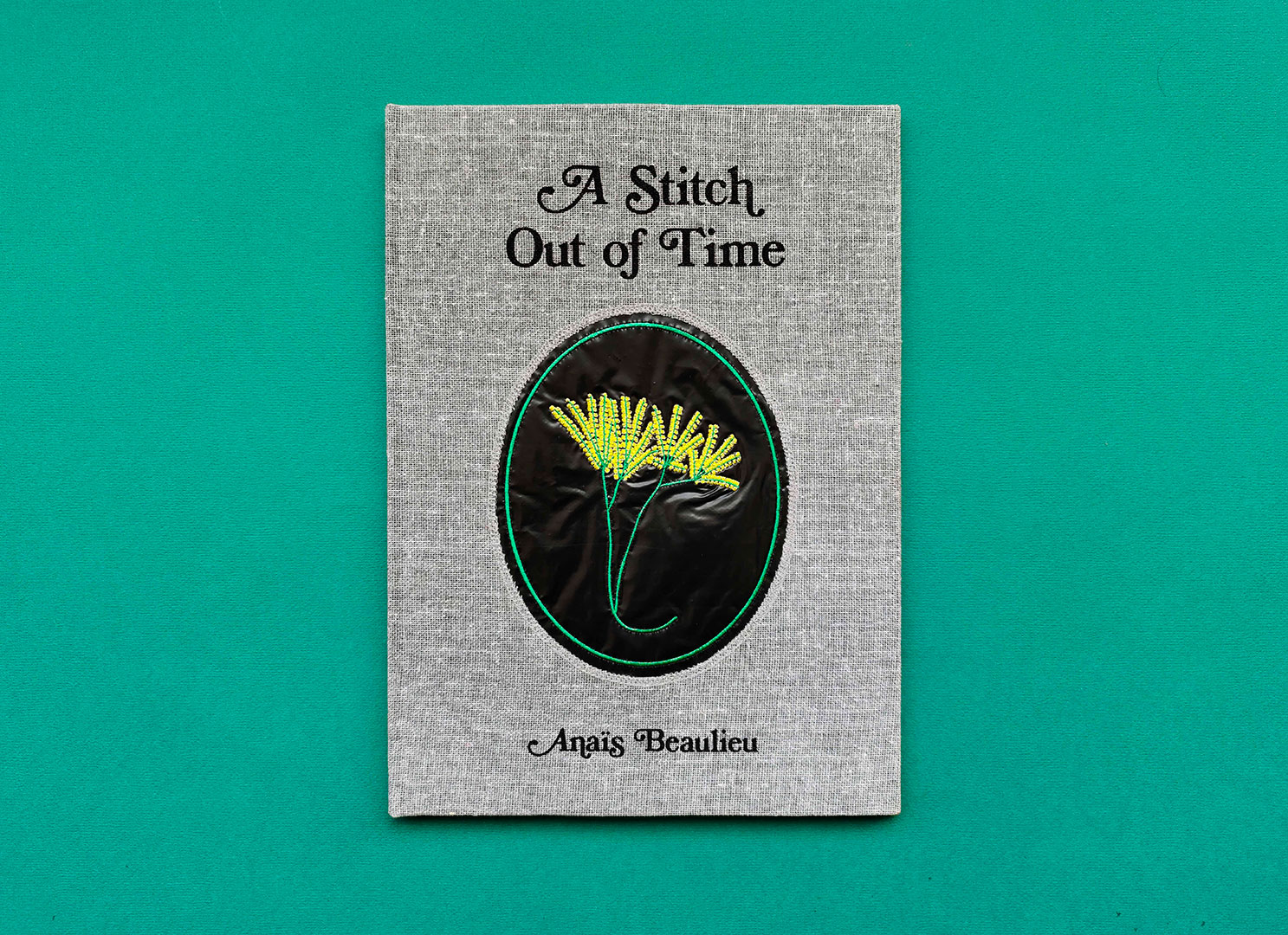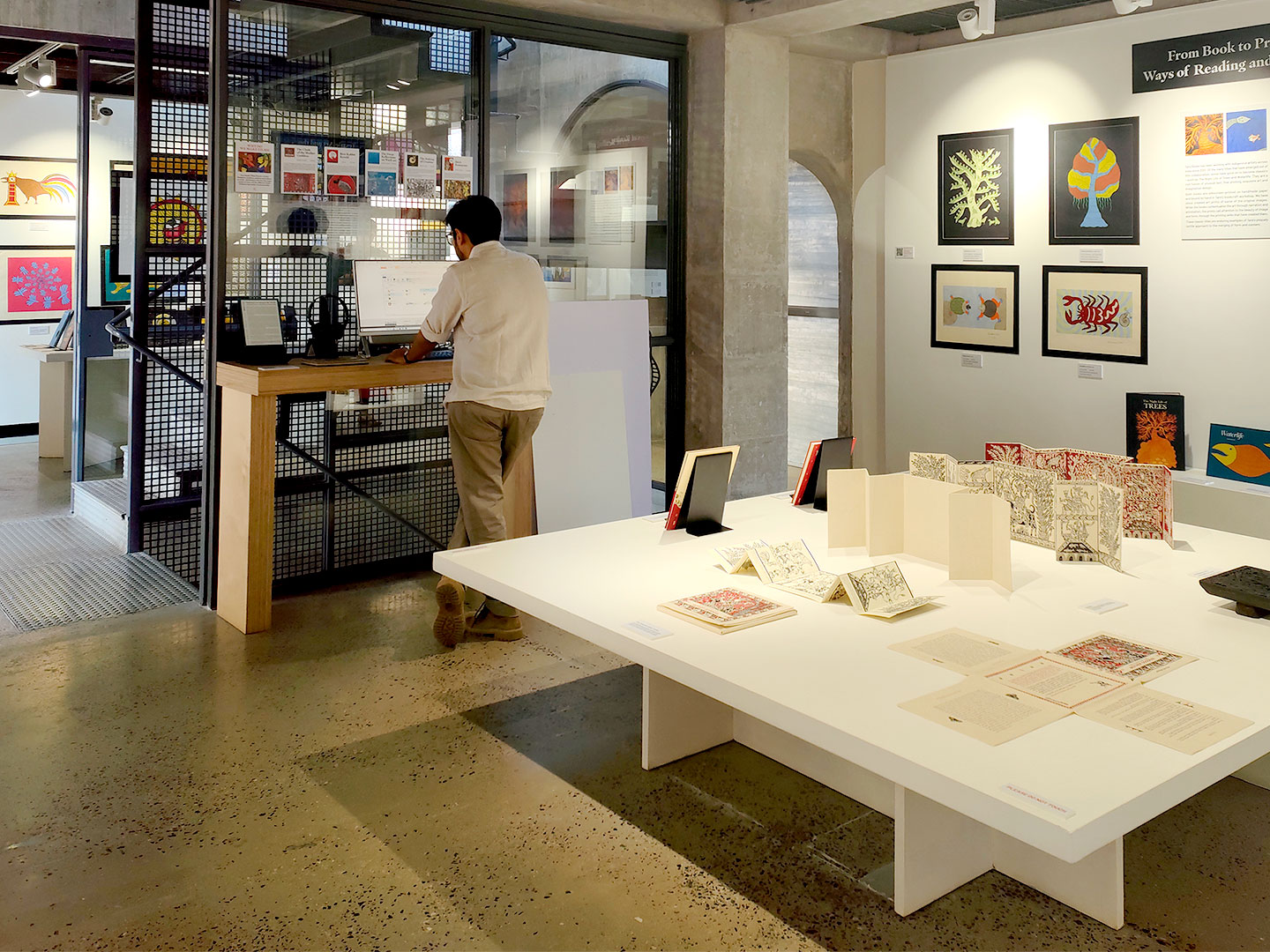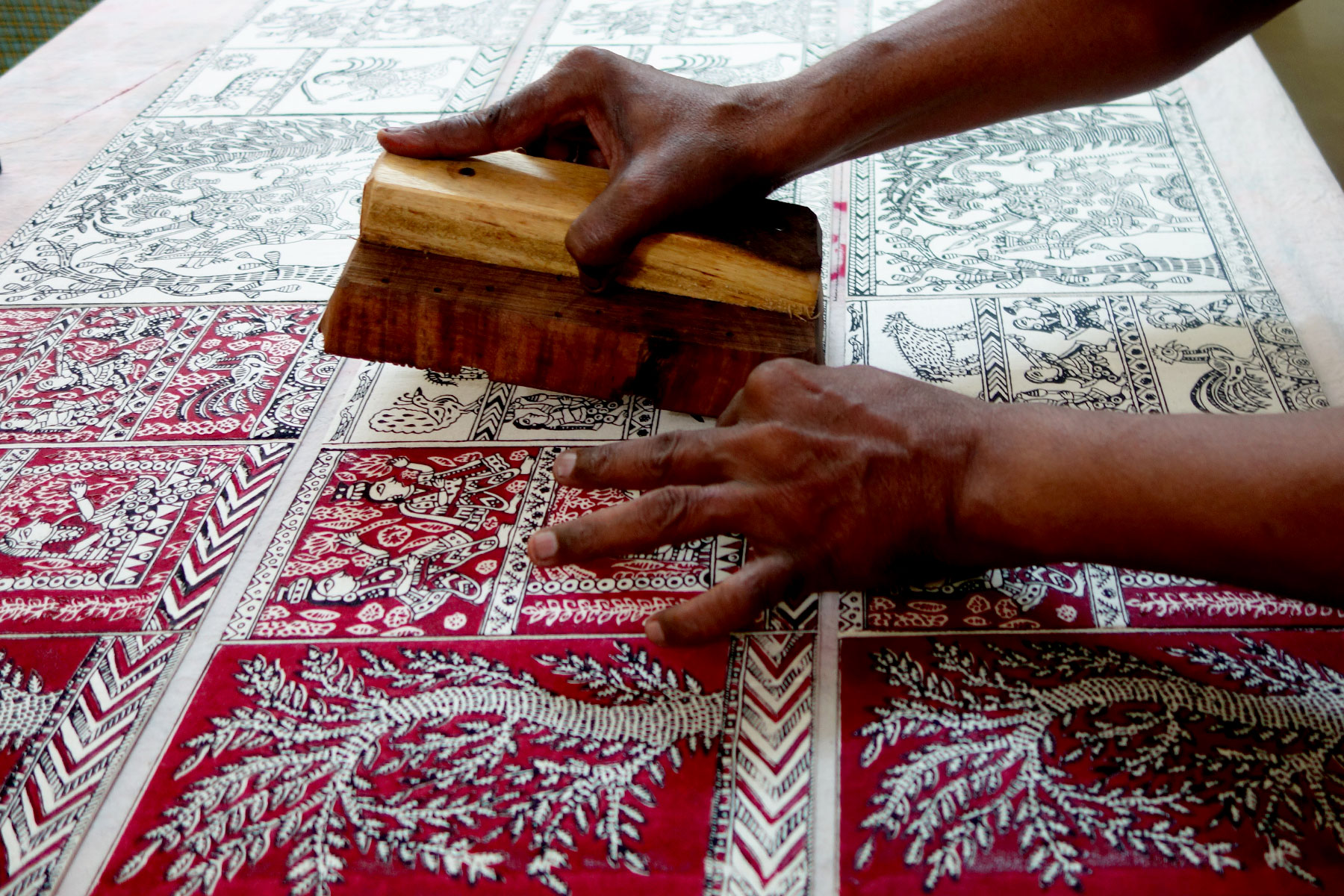15 Mar To Seed
An unusual collaboration between indigenous Warli artists, a writer-gardener and book artisans, this book is a celebration of the miracle that is the seed and its place in our lives and cultures. Read on for an account of its evolution, and how it came to take its imaginative final shape, a combination of four book forms—each of them reflecting a particular aspect of the cosmos contained in a seed. ...


